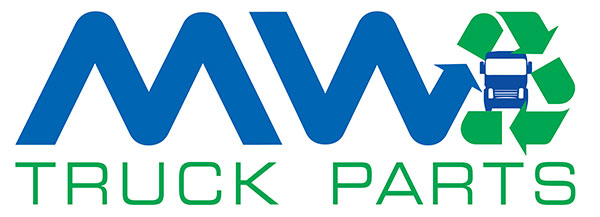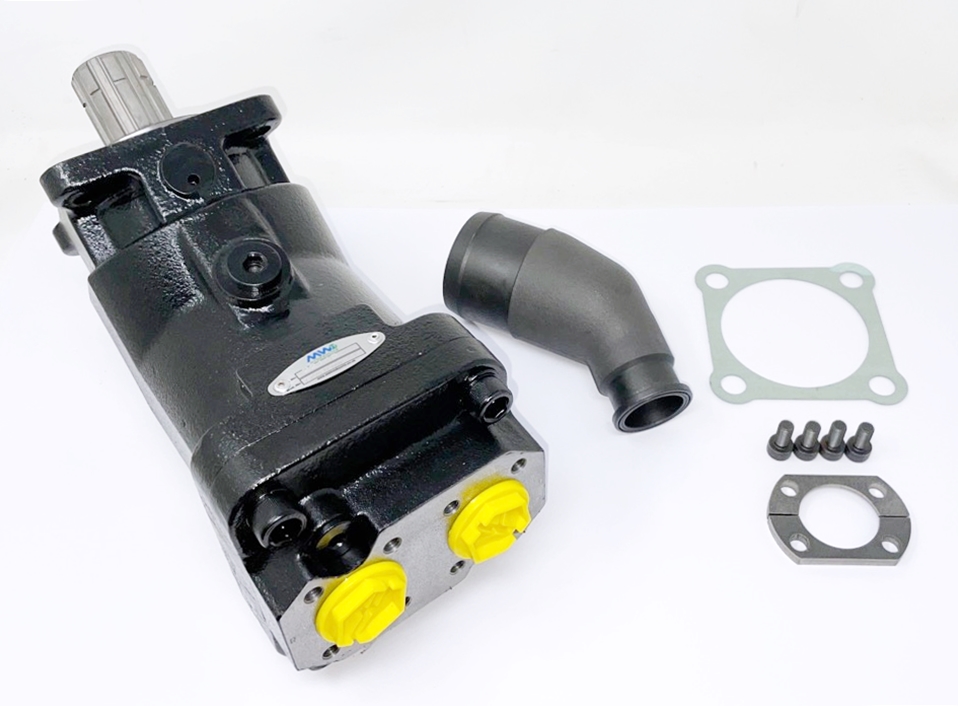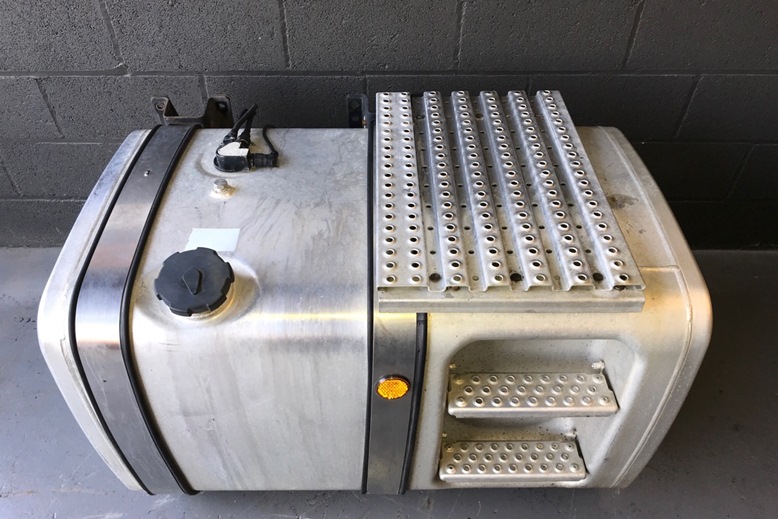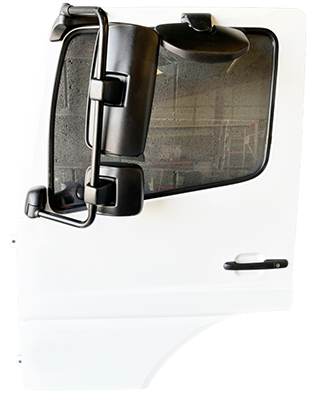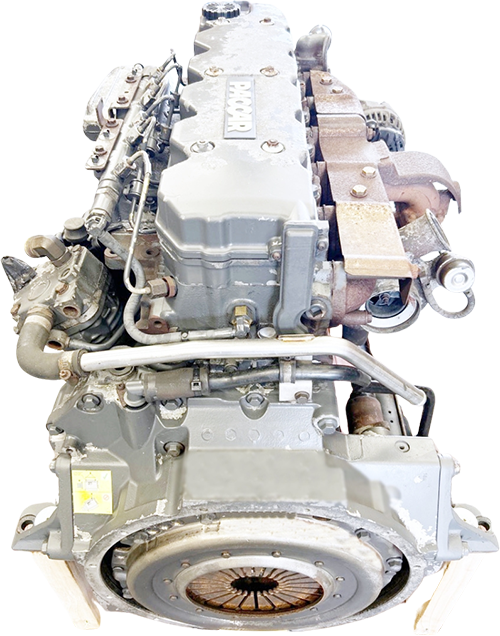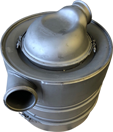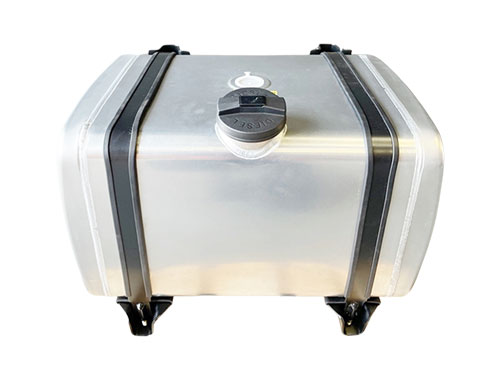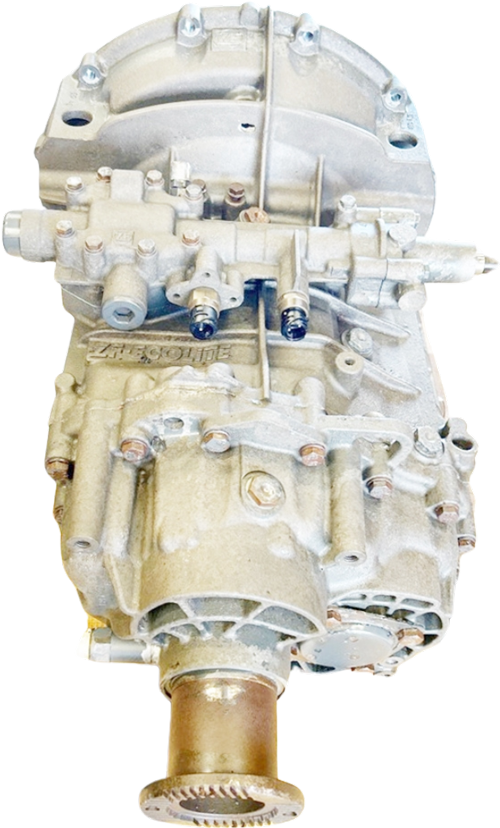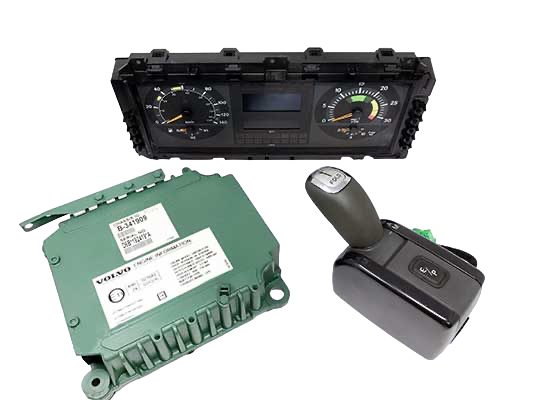Choosing between bent-axis and gear pumps determines your truck’s hydraulic system’s pressure capability, operational complexity and service requirements.
Operational pressure ranges
Gear pumps deliver working pressures between 220 and 230 BAR with maximum ratings reaching 250 BAR across displacement variants.
Bent-axis pumps provide 350 BAR working pressure with 400 BAR maximum capability, delivering substantial pressure increases for demanding applications.
Pressure differential affects component selection throughout hydraulic circuits requiring higher-rated cylinders, valves and fittings when bent-axis pumps replace gear alternatives.
Consider entire system upgrade costs when pressure increases exceed existing component capabilities.
Related: How to specify the correct bent-axis pump
Displacement characteristics
Gear pump displacement ranges from 27L to 90L per 1000 RPM using fixed-volume chambers between meshing gear teeth. Bent-axis designs achieve 12L to 130L displacement through variable piston stroke lengths determined during manufacturing.
Flow output calculations differ between technologies, with gear pumps providing consistent displacement regardless of pressure loads.
Bent-axis pumps maintain displacement accuracy under varying pressure conditions through positive piston displacement rather than gear chamber clearances.
Speed capability differences
Maximum continuous speeds vary significantly between pump types, with gear pumps operating reliably at standard PTO speeds. Bent-axis pumps accommodate higher speeds on smaller displacement models, while larger variants require reduced operating speeds.
Speed limitations affect power transmission efficiency when engine RPM exceeds pump capabilities, requiring speed reduction gearing. Evaluate PTO speed compatibility before selecting displacement to avoid operational restrictions or mechanical modifications.
Related: How to specify the correct piston pump
Installation requirements
Gear pumps mount through standard 3-bolt UNI or 4-bolt ISO patterns with threaded BSP connections for inlet and outlet ports. Bent-axis pumps feature split flange inlet designs with integral seals plus standard BSP outlet connections.
Mounting dimensions differ between technologies. Gear pumps typically require less installation depth. Bent-axis pumps may need additional clearance for service access to internal components.
Service interval considerations
Gear pump maintenance involves monitoring gear wear, bearing condition and housing clearances with predictable service intervals based on operating hours.
Bent-axis pumps require piston seal replacement, valve plate inspection and internal component lubrication at shorter intervals.
Component accessibility affects maintenance complexity, with gear pumps offering external inspection points whilst bent-axis pumps sometimes require partial disassembly for internal component assessments.
Application suitability factors
Heavy tipping operations, crane systems and walking floors benefit from bent-axis pump pressure capability when cycle times permit increased complexity.
Standard hydraulic systems operating within gear pump pressure ranges avoid unnecessary complications whilst maintaining reliable operation.
Contamination sensitivity differs between technologies, with gear pumps tolerating higher particle levels through larger internal clearances.
Bent-axis pumps require filtration systems to maintain cleanliness levels, preventing seal damage and premature component wear and affecting operational reliability.
Additional reading: A guide to gear pumps






